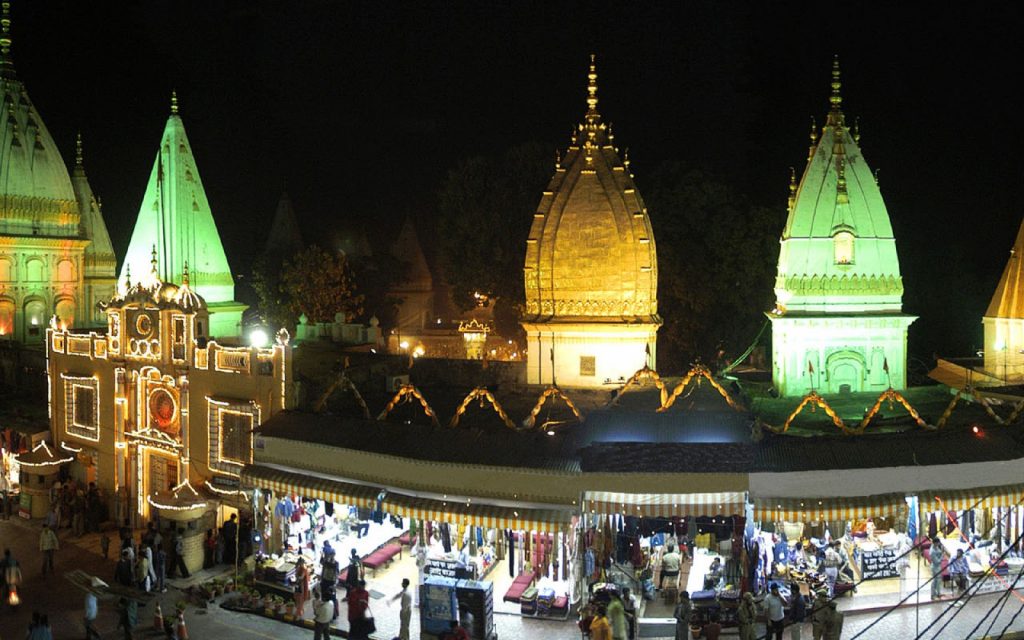
Raghunath Temple
Raghunath Temple, one of the largest temple complexes in North India, is located in Jammu city. Built between 1853-1860 by Maharaja Gulab Singh and his son Maharaja Ranbir Singh, it comprises seven shrines, each with its own shikhara (rising tower in Hindu temple architecture). The presiding deity is Lord Ram, an avatar of Lord Vishnu. On November 24, 2002, the temple was attacked in a fidayeen terrorist attack, killing at least 10 devotees and injuring several others. The grand temple features a central shrine dedicated to Lord Ram, along with shrines for various incarnations of Lord Vishnu. A notable shrine is dedicated to Lord Surya (Sun God). The interior walls are adorned with gold sheets, and a gallery showcases lingams and saligrams. The temple uniquely represents almost all Hindu deities in its architecture. Morning and evening aartis are performed daily. The temple’s Mughal-inspired architecture, with exquisite carvings and arches, adds to its splendor. It also houses a library with rare Sanskrit books and manuscripts. Devotees visit in large numbers to seek blessings and experience its divine aura.
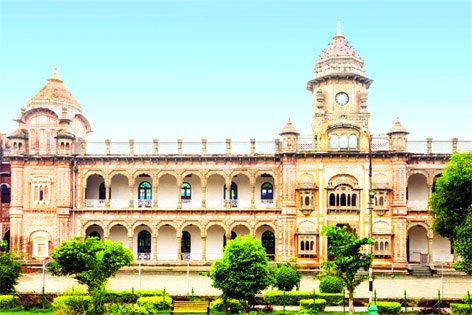
Mubarak Mandi Palace
Mubarak Mandi is a Palace in Jammu, India. The palace was the royal residence of the Maharaja of Jammu and Kashmir from the Dogra dynasty. It was their main seat till 1925 when Maharaja Hari Singh moved to the Hari Niwas Palace in the northern part of Jammu. The palace is built in a manner that resembles both Rajasthani and Mughal architecture. The Pink Hall houses the Dogra Art Museum with miniature paintings of the various Hill Schools of Kangra, Jammu, and Basholi. It also has a gold-painted bow and arrow of Mughal emperor Shah Jahan. The Pink Hall owes its name to the pink plastered walls of the palace section.
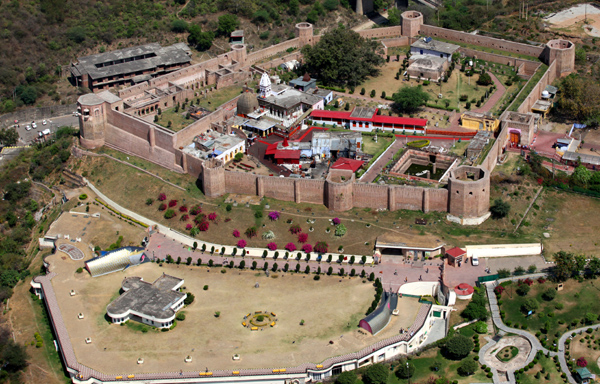
Bahu Fort
Situated 5 kms away from the city centre, Bahu Fort stands on a rock face on the left bank of the river Tawi. Perhaps the oldest fort and edifice in the city, it was constructed originally by Raja Bahulochan over 3,000 years ago. The existing fort was more recently improved upon and extended by the Dogra rulers. Inside, there is a temple dedicated to the Hindu goddess Kali. An extensive terraced garden, known as Bagh-e-Bahu, has been developed around the fort. Bahu Temple is situated inside the Bahu Fort, popularly called Bave Wali Mata Mandir. The Bahu Fort is a fortress representing the lavishness of the Dogra kings and the royal family that resided to rule the region. Pilgrims flock the temple on Tuesdays and Sundays, regarded as auspicious. The fort, along with the Bahu temple, commands a panoramic view of the Jammu city. On the bypass road, behind the Bahu fort, the city forest surrounds the ancient Maha Maya Temple overlooking the River Tawi. A small garden, surrounded by acres of woods, furnishes a populated destination for tourists. Mahamaya is the local goddess of the Dogras, who lost her life 14 centuries ago combating foreign invaders. The present Bave Wali Mata Mandir was built shortly after the coronation of Maharaja Gulab Singh in 1822. It is also known as the Mahakali Temple, the goddess considered second only to Mata Vaishno Devi in terms of mystical power. The Bahu Temple is dedicated to Goddess Kali, the reigning deity of the region of Jammu & Kashmir.
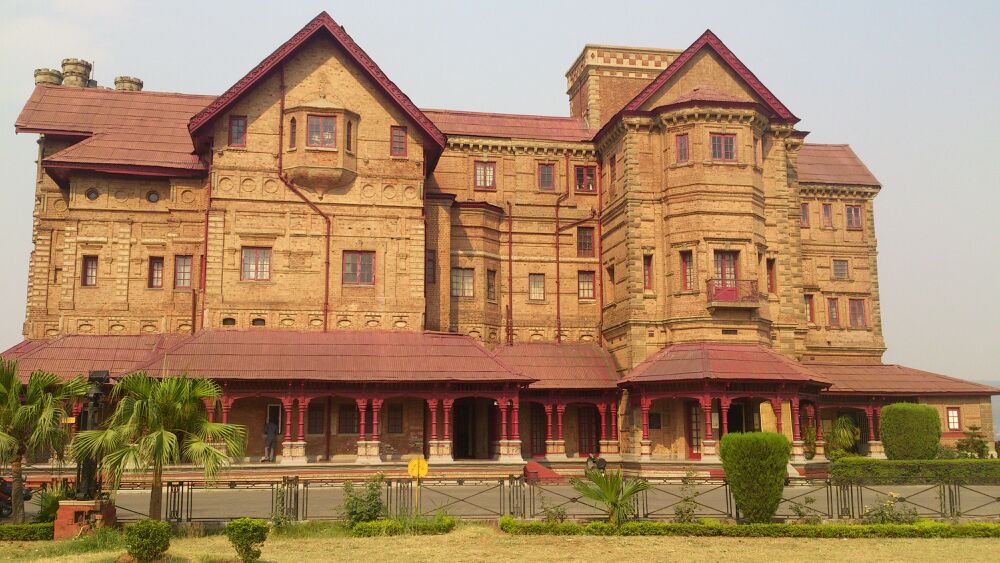
Amar Mahal
This museum is housed in the Amar Mahal Palace, built in 1862 in a unique, French-chateau style of architecture. Located atop a hill overlooking the Tawi river, 4 rooms of the palace have been converted into art galleries and historic museums, depicting the royal history of Jammu. The star of this museum is the golden throne of Jammu, weighing a whopping 120 kgs, all pure gold. The art collection here is also quite impressive, with paintings of M F Hussain and Laxman Pai on display, among other famous Indian contemporary painters. Another interesting aspect is the Pahari Paintings displayed here, depicting tales from the Mahabharata and other folklore, especially those of Nal Damyanti. The museum also organises heritage walks around the complex to give detailed insights into the history of Jammu and surrounding cities.
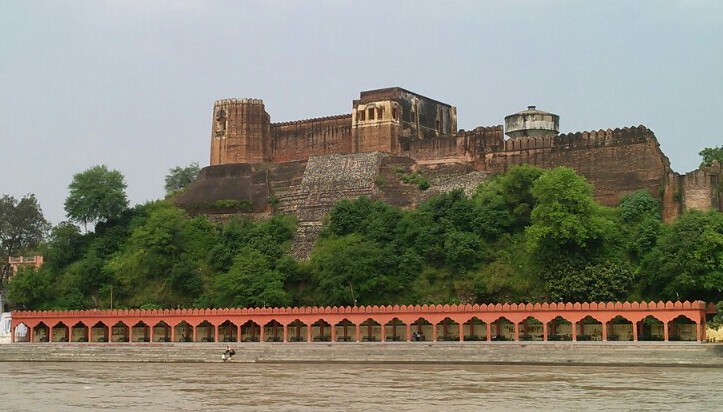
Akhnoor Fort
The Akhnoor Fort, located east of the town on the Chenab riverbank, holds great historical significance. Built by Raja Alam Singh in 1802, its construction began in 1762 under Raja Tegh Singh. This two-storeyed fort, perched on a cliff overlooking Chenab, has been under the Archaeological Survey of India (ASI) since 1982 and is protected under the Monument Act, 1958. It features two-storeyed watchtowers and river access. Excavations here reveal three historical periods—the Harappan era (red and grey earthenware), the early historic period (pottery), and the Kushana period (rubble diaper masonry and a 3-metre wide street). The Jia Pota Ghat, on the right bank of Chenab, is the crown jewel of Akhnoor. Named after the Jia Pota tree (Putranjiva roxburghii), it gained historical importance when Maharaja Ranjit Singh coronated Maharaja Gulab Singh here on June 17, 1822, marking the foundation of modern Jammu & Kashmir. A commemorative tablet now depicts the Raj Tilak scene. Though the original Jia Pota tree was lost in the 1957 floods, new specimens flourish in Jia Pota Park, developed in 1999. Historians recognize Akhnoor as the northernmost point of the Indus Valley Civilization. The Jia Pota Ghat, near a Neolithic site, likely witnessed the march of civilization, with Harappans navigating the Chenab to their settlement at Manda, now inside Akhnoor Fort.
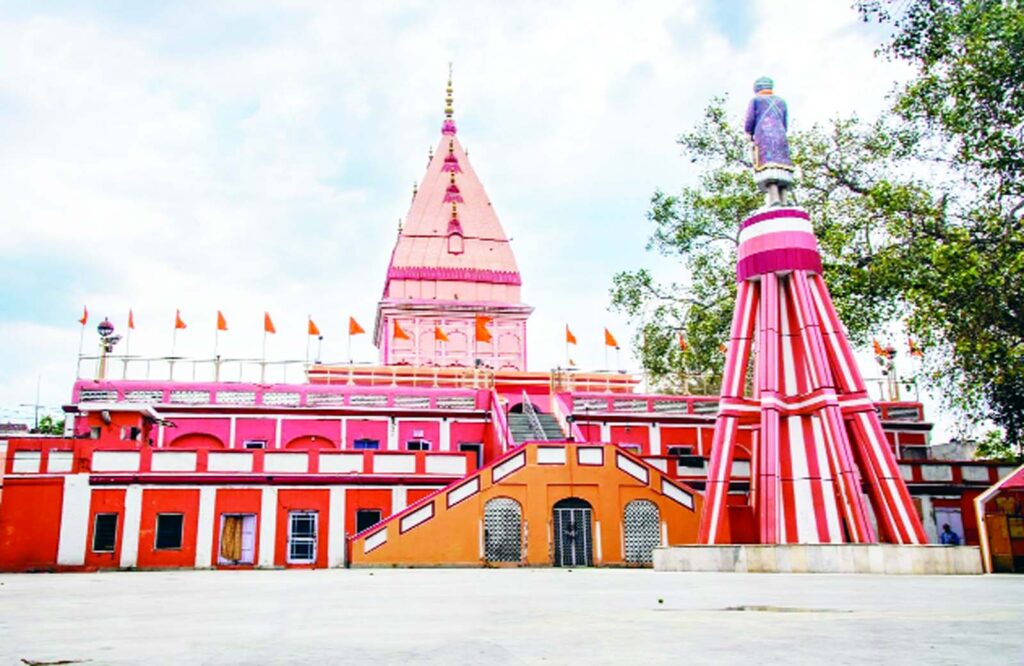
Ranbireshwar Temple
The Temple is named after its founder Maharaja Ranbir Singh. The construction of the temple was started in 1863 A.D and was completed in 1878 A.D. It is the biggest Shiva temple in North India. The temple has a central lingam measuring 8-feet in height, constructed out of black stone, and is the biggest in India. It was built under the rule of the Dogra rulers, also enshrining 12 shivlings in crystal, measuring 15cm to 38cm. Galleries with 1.25 lakh ‘bona lingam’ brought from the Narmada River can be witnessed on stone slabs inside the temple. There are also mammoth images of Ganesha, Kartikeya, and Nandi Bull. The Temple is located on Shalamar Road.
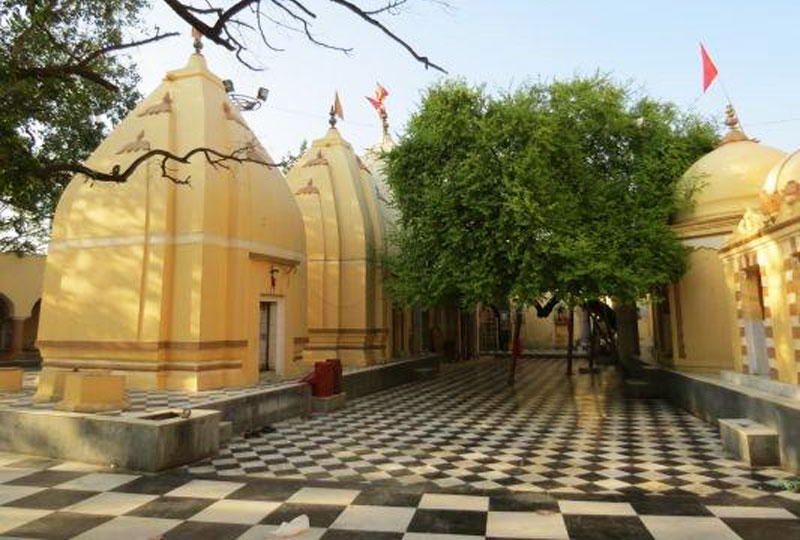
Panchvaktar Temple
The temple was constructed by Raja Guje Singh of Jammu (1687-1703) and is considered one of the oldest in Jammu. It is linked to the visit of Shankaracharya in the ninth century A.D. The temple, constructed much later, is considered sacred because of the self-originated Shivalinga (Svayambhuva Shiva linga). One of the most revered Shiva Shrines in the city, the Lord is worshipped here in the Swachananda form, having five faces representing the totality of Shiva in His most abstract form. Hence, it is known as Panchvaktar. The temple is also popularly known as ‘Rupay Wala Mandir’ as coins have been embedded in the floor slabs.
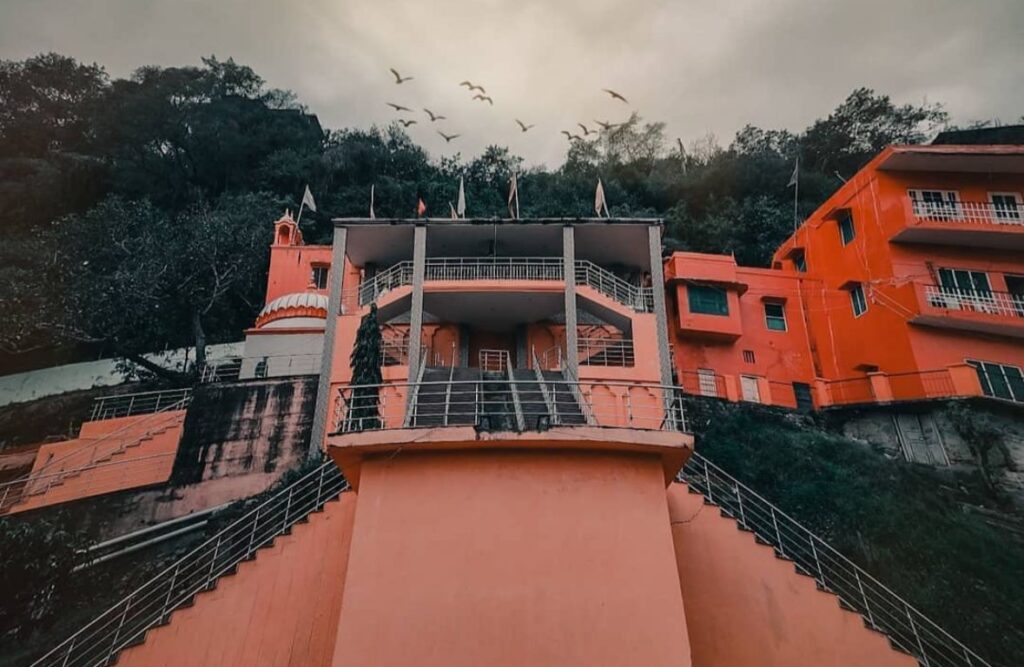
Peer Kho Temple
During the reign of Raja Biram Dev of Jammu (1454–95), a famous mendicant Jogi Guru Garib Nath, belonging to the Guru Gorakh Nath order, came to Jammu and resided at Peer Kho. Kho means cave in the local dialect. He came to be known as Peer-i-Kho, and thus, with the passage of time, the cave got its name. A Shivlinga is established inside the cave.
